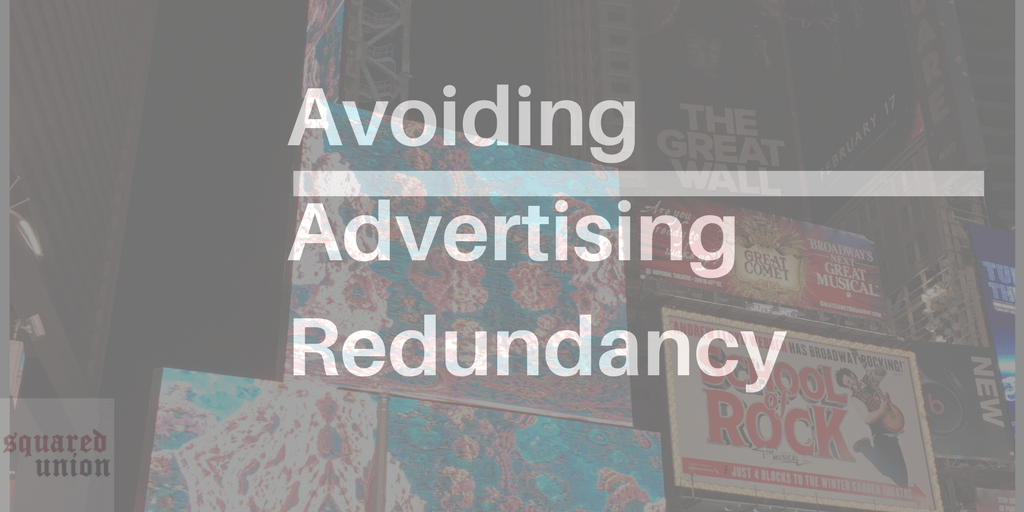One of the most common mistakes made when trying to reach particular demographics, such as in Jewish centric marketing, is redundant advertising. In the most basic sense, this redundancy refers to spending additional marketing dollars to needlessly advertise to the same group already being reached through current efforts: such concurrent and overlapping advertising results in wasted spend. Advertising redundancy, which we discuss here, should be contrasted and differentiated from the somewhat related term of “ad fatigue,” which refers to an ad being seen too many times and therefore losing its value as it becomes ignored.
An example of ad redundancy would be where an ad is placed in two publications that serve the same area and are read (for the most part) by the same people. While it can be argued that there is value to such dual ad placement in terms of brand awareness, in most situations, spending those same resources on a platform that caters to a different audience will provide for a better return on investment.
“There is certainly value in portraying your message strongly by having people see your ad multiple times.”
When creating your campaign with an awareness of the risk for ad redundancy, the question becomes how to actually go about creating a marketing strategy that, while avoiding redundancy, still markets to your audience most effectively and efficiently. It is important to stress again that there is certainly value in portraying your message strongly by having people see your ad multiple times. At the same time, reaching as many people in your target audience as possible is priority number one in circumstances of a limited budget. The right balance is found through a real understanding of both your target audience and the advertising platforms that reach them. A thorough understanding of these two aspects is the building block to ensuring a campaign with limited advertising overlap.
Knowing your audience is important because you must know the platforms that they are best reached with to market to them effectively. Likewise, understanding the platform and associated costs and any inherent advantages and disadvantages; helps you decide which advertising platforms would work best in meeting goals.
To illustrate, if, for example, you are looking to market your product or service to a Jewish community in New York – a portion of this community, perhaps the older generation, may read weekly publications for news. In contrast, the younger folks in the community frequent online community focused websites. In such a scenario, it would likely be best to target both these segmented Jewish groups via two different platforms (print & web) rather than targeting the same group via just two different print publications. Therefore, if there is a choice between the two print platforms versus ads in a print publication and the website, the latter strategy would be more effective in reaching a larger part of your target audience.
While advertising redundancy in the strict sense of the word is uncommon, an overlap of marketing spend in ad targeting can reduce your campaign’s effectiveness and efficiency. An in-depth understanding of both the audience and the available advertising options will go a long way in fostering a successful campaign.


